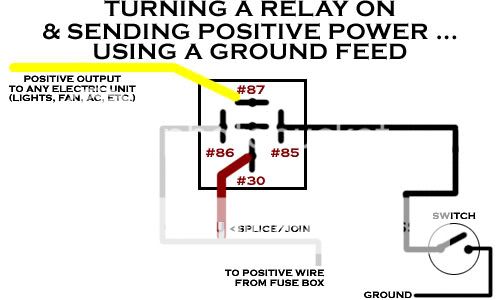MtnBkr
NAXJA Forum User
- Location
- Morrison Crawlerado
1999 XJ 4.0, 5-speed
145000 miles
So here's the story, my Jeep started stumbling about three weeks ago and acted like it wasn't getting fuel. This only happened once for about 30 seconds and then was fine for two weeks of driving. It had never had a fuel pump so I decided to replace it as a preventative measure last weekend as we're taking the Jeep on a road trip a week from today (hopefully). I also replaced the upper and lower radiator hoses, thermostat and water pump yesterday. Not sure why that would be relevant but want to make sure I post all info. Jeep ran fine all day yesterday.
Anyway, I was doing some rewiring of the front speakers today (battery was disconnected) Got the Heep back together and almost fired then just kept cranking. Now it won't start, just cranks.
Here's where I'm at, testing the usual suspects:
- Not getting spark at coil wire
- Swapped the ASD relay with the blower relay, no luck
- Tested the coil - tests fine
- Tested the CPS - test fine
Does the 4.0 have an ignition control module or does the CPU serve that function? My Haynes manual isn't really clear and couldn't find much from searching. I know when I had a S10 Blazer I blew out the ICM from keeping the ignition in the "on" position too long. That is the only thing I did today as I was testing the stereo so that came to mind.
I'm at a loss, is there anything I'm missing? Can a CPS or coil test okay and still be faulty?
Any help is greatly appreciated! Trying to get this thing back on the road.
145000 miles
So here's the story, my Jeep started stumbling about three weeks ago and acted like it wasn't getting fuel. This only happened once for about 30 seconds and then was fine for two weeks of driving. It had never had a fuel pump so I decided to replace it as a preventative measure last weekend as we're taking the Jeep on a road trip a week from today (hopefully). I also replaced the upper and lower radiator hoses, thermostat and water pump yesterday. Not sure why that would be relevant but want to make sure I post all info. Jeep ran fine all day yesterday.
Anyway, I was doing some rewiring of the front speakers today (battery was disconnected) Got the Heep back together and almost fired then just kept cranking. Now it won't start, just cranks.
Here's where I'm at, testing the usual suspects:
- Not getting spark at coil wire
- Swapped the ASD relay with the blower relay, no luck
- Tested the coil - tests fine
- Tested the CPS - test fine
Does the 4.0 have an ignition control module or does the CPU serve that function? My Haynes manual isn't really clear and couldn't find much from searching. I know when I had a S10 Blazer I blew out the ICM from keeping the ignition in the "on" position too long. That is the only thing I did today as I was testing the stereo so that came to mind.
I'm at a loss, is there anything I'm missing? Can a CPS or coil test okay and still be faulty?
Any help is greatly appreciated! Trying to get this thing back on the road.




